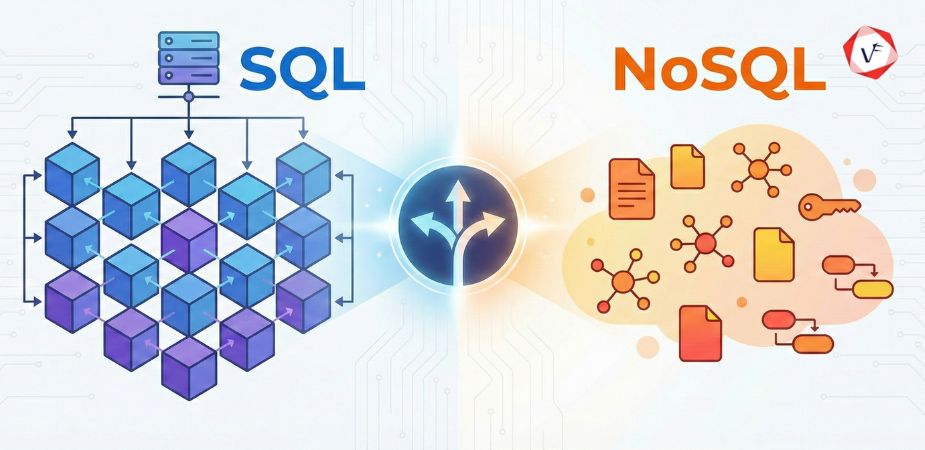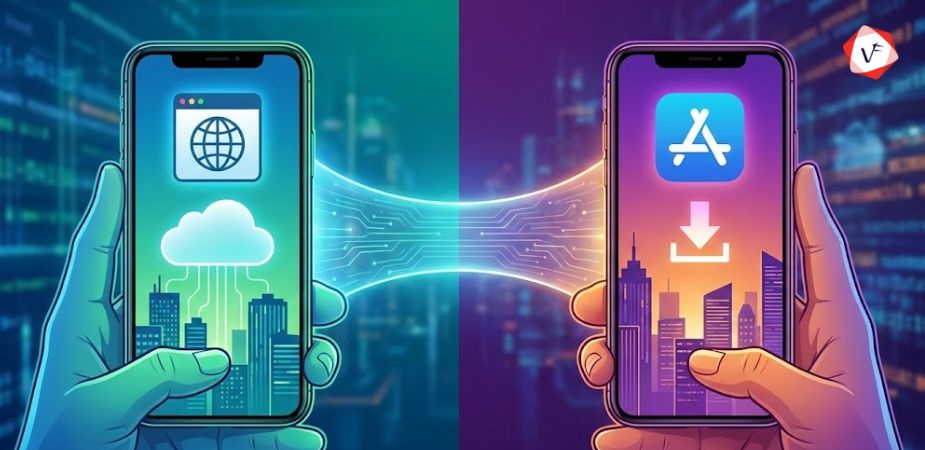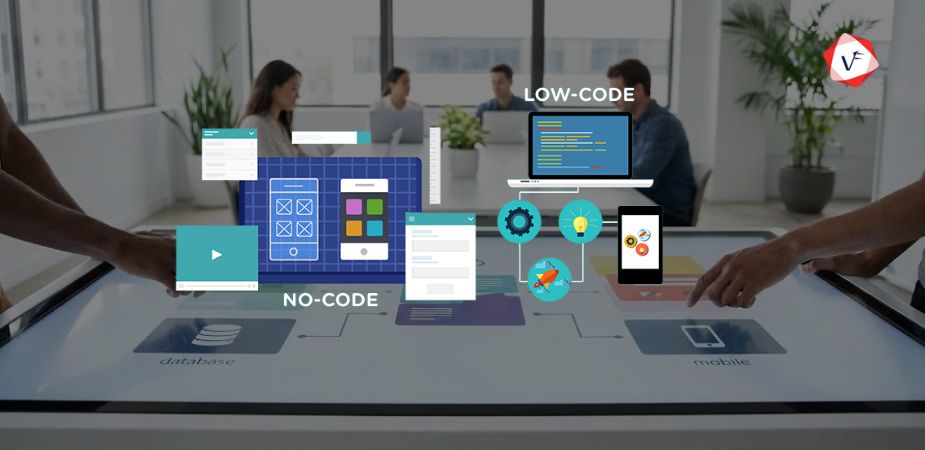- December 05, 2024 10:49 am
- by Deepthy
- December 05, 2024 10:49 am
- by Deepthy

Salesforce stands as one of the premier solutions for managing client interactions and optimizing corporate processes, offering a comprehensive suite of tools to drive business growth and efficiency. However, to get the full potential of Salesforce, it is essential to follow a disciplined development lifecycle. A well-defined development lifecycle ensures that your projects are meticulously planned, flawlessly executed, and continually improved to meet evolving business needs.
In this blog, we will take you through the optimal Salesforce development lifecycle, outlining each phase from planning to maintenance. By adhering to this lifecycle, you can maximize the value of your Salesforce implementation, ensuring seamless integration, robust performance, and sustainable growth. Whether you are a seasoned developer or new to Salesforce, this guide will provide valuable insights into managing your Salesforce projects effectively.
1. Organising and Compiling Needs It's Vital
The first and most important step is planning. Here's where you determine what Salesforce must accomplish for you. It entails obtaining needs from all parties involved, including customers, managers, and team members.
-Data Modelling: Specify the Salesforce data storage, access, and management procedures. Creating fields, objects, and relationships falls under this category.
-User Interface Design: Create the Salesforce interface structure and functionality. Make sure it is easy to use and fits the requirements of various user groups.
-Architecture of the System: Plan the technologies to be used and the ways in which Salesforce will interface with other systems.
-Employ Common Items and Features: Use Salesforce's built-in objects and functionality whenever you can. Use of custom solutions ought to be limited to dire situations.
-Create with Scalability in Mind: Make sure the design can accommodate future increases in the number of users and data.
2. Development: The Significance
The real making of the solution takes place at the development stage. According to the design, developers code the unique features, settings, and integrations.
-Create Development Environments: For testing and development, use Salesforce's sandboxes. This helps to keep the industrial environment stable.
-Observe the coding standards: To guarantee the quality and maintainability of your code, use best practices and coding standards.
-Frequent Reviews: Make sure the code satisfies the necessary requirements and performs as intended by conducting frequent code reviews.
-Agile Methodology For development use agile approaches. By doing this, the project is divided into smaller units known as sprints, which enable frequent feedback and iterative development.
-Version Control: To manage changes in the codebase, use version control systems such as Git. This facilitates team collaboration and change monitoring.
3. Investigating Why It's Vital
Testing makes that the developed solution works as intended and is free of errors. It includes a variety of testing techniques, including system, user acceptance, and unit testing (UAT).
-Unit Testing: To make sure individual components function as intended, developers test them separately.
-System testing: Verify that every part of the system functions as a whole by testing it as a whole. End users test the system during user acceptance testing (UAT) to make sure it satisfies their needs and specifications.
-Performance testing: Verify the system's functionality by putting it through various scenarios.
-Automated Testing: To increase accuracy and expedite the testing process, use automated testing methods.
-Thorough Test Plans: Draft thorough test plans that address every facet of the system.
-Engage End Users: In order to get input and make sure the system satisfies their needs, involve end users in UAT.
4. Deployment: The Significance of It
Transferring the solution from the development environment to the production environment is called deployment. In order to avoid disruptions, this step must be carefully prepared.
-Create a plan for deployment: Make a thorough deployment plan that outlines every action needed to get the solution into production.
-Time of Deployment: To reduce the impact on users, schedule the rollout at off-peak hours.
-Carry out Deployment: Apply the solution in line with the schedule for deployment to the production environment.
-Post-Deployment Testing: Verify that everything functions as planned by doing testing following deployment.
-Use Change Sets: To transfer code and configurations between environments, use Salesforce's change sets. Have a rollback strategy in place in case something goes wrong with the deployment.
5. Upkeep and Assistance: Why It's Vital
The solution requires continuous maintenance after launch in order to address bugs, provide upgrades, and add new features as required.
-Track System Performance: To find and address any problems, track the system's performance on a regular basis.
-User Support: Assist users with any problems they may run into by offering support.
-Frequent Updates: To maintain the system secure and up to date, apply updates on a regular basis.
-Monitoring Proactively: Make use of monitoring technologies to identify problems early and fix them before they affect users.
-User Training: To ensure that users are getting the most out of Salesforce, regularly provide training to users.
-Feedback Loop: To collect user feedback and make ongoing system improvements, set up a feedback loop.
To further optimize your Salesforce development process, consider the following best practices and tips:
Following a disciplined development lifecycle is vital for maximizing the benefits of your Salesforce implementation. By following the outlined steps—from thorough planning and meticulous execution to ongoing maintenance—you can ensure your Salesforce projects are successful and continually optimized to meet your business goals. A structured approach not only enhances project outcomes but also fosters innovation and agility within your organization.
Moreover, a well-defined lifecycle helps in managing risks, ensuring compliance, and maintaining high-quality standards throughout the development process. It enables better communication and collaboration among team members, leading to more cohesive and efficient project management. Regular reviews and iterative improvements ensure that your Salesforce environment evolves with your business needs, keeping you ahead of the competition.
Guaranteed Response within One Business Day!

Database Selection Guide: SQL vs NoSQL
AI Agents in Enterprise Software: How Autonomous AI is Transforming Business Operations
Manufacturing 4.0: AI and IoT Transforming Production Lines

Progressive Web Apps vs Native Apps: Which Should You Choose in 2026?

What is Citizen Development?